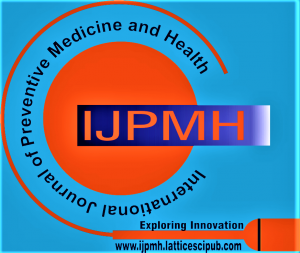![]()
Dystrophin and Beyond: A Review of Genetic Landscape of Duchenne Muscular Dystrophy
Anoushka Dhawan1, Sulagna Dutta2
1Anoushka Dhawan, High School, Livingston High School, New Jersey, United States of America.
2Sulagna Dutta, Department of Biotechnology, Syngene International, Bangalore, Bengaluru (Karnataka) India.
Manuscript received on 29 July 2025 | Revised Manuscript received on 25 August 2025 | Manuscript Accepted on 15 September 2025 | Manuscript published on 30 September 2025 | PP: 30-35 | Volume-5 Issue-6 September 2025 | Retrieval Number: 100.1/ijpmh.F112305060925 | DOI: 10.54105/ijpmh.F1123.05060925
Open Access | Ethics and Policies | Cite | Zenodo | OJS | Indexing and Abstracting
© The Authors. Published by Lattice Science Publication (LSP). This is an open-access article under the CC-BY-NC-ND license (http://creativecommons.org/licenses/by-nc-nd/4.0/)
Abstract: Duchenne muscular dystrophy (DMD) is a very severe, progressive, and lethal disease of skeletal muscle degeneration, respiratory complications, and cardiomyopathy. The identification of the dystrophin gene requires an understanding of the muscle protein and its working mechanism. The learnings from decades of research in life sciences could establish the functionalities of dystrophin in striated muscle. Here, we discuss the pathophysiological basis and the recent advancement of DMD towards the therapeutic approaches that are currently close to or are under ongoing clinical trials in humans. We attempted to summarise the current understanding of DMD – the dystrophin glycoprotein complex and chronic inflammation. Understanding the complex pathophysiology of DMD is crucial for the development of effective treatment and adds hope to the ongoing experimental research.
Keywords: AAV, Dystrophin, Duchenne Muscular dystrophy, Review.
Scope of the Article: Primary Healthcare
